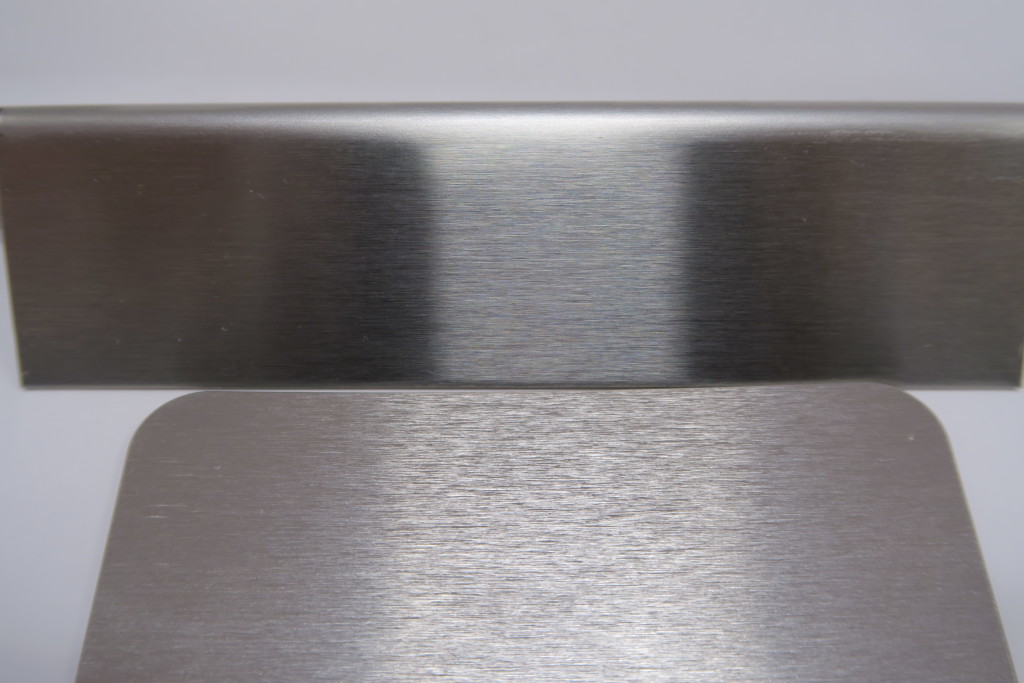Anodizing Finish
 Anodizing is a process that is used to promote the formation of an aluminum oxide layer on a base material more rapidly or with greater thickness than it normally would under natural conditions. While anodizing does work for several other base materials, aluminum responds the most effectively to anodizing.Anodizing has many benefits, but it is important to note that it will not increase the strength of the aluminum underneath the anodized surface.
Anodizing is a process that is used to promote the formation of an aluminum oxide layer on a base material more rapidly or with greater thickness than it normally would under natural conditions. While anodizing does work for several other base materials, aluminum responds the most effectively to anodizing.Anodizing has many benefits, but it is important to note that it will not increase the strength of the aluminum underneath the anodized surface.
Anodizing is most commonly used for improved corrosion resistance on certain types of aluminum alloys. Aluminum alloys that are subject to marine environments typically benefit from anodizing. Ship hulls, dock components, and oil rig structures are common examples of these.
Anodizing is also used for abrasion control. Aluminum that has not been oxidized is a relatively soft material when compared with steel or titanium. Aluminum oxide, on the other hand, is an extremely hard material. In fact, aluminum oxide is often used in sandpapers because of its high hardness. When the anodizing process forms an aluminum oxide layer on the outside of an aluminum alloy, it greatly increases its wear resistance because aluminum oxide is such a hard material.

